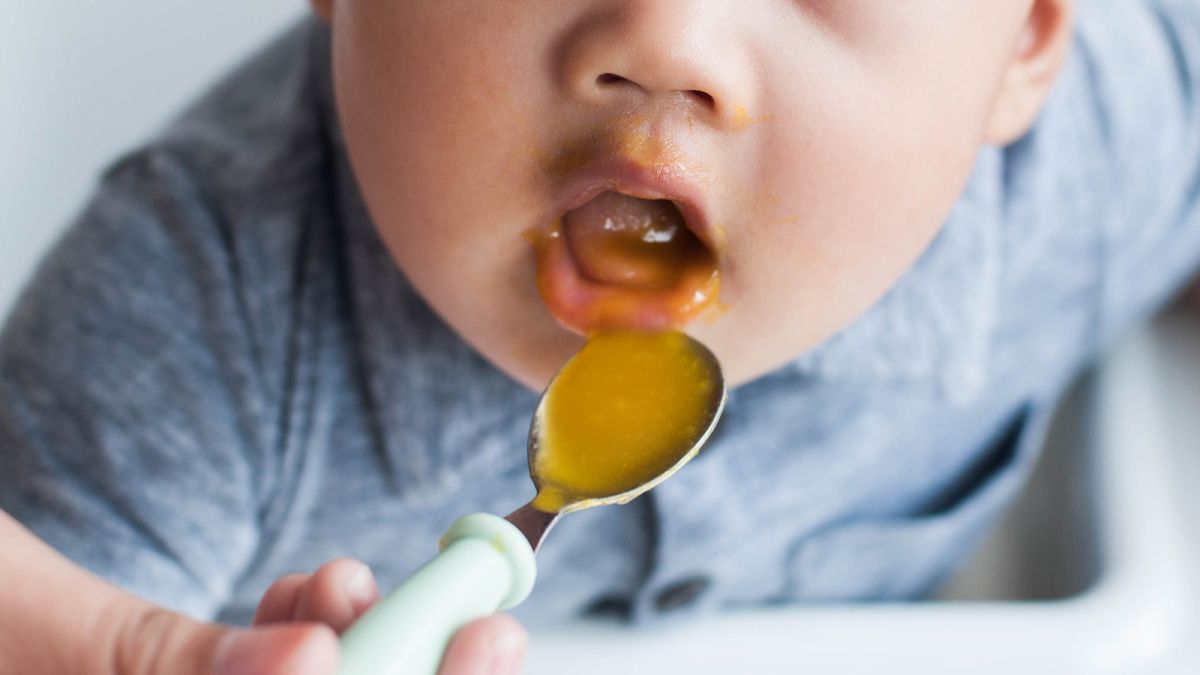I. Introduction

A. Importance of Detoxifying Toddlers from Heavy Metals Detoxifying toddlers from heavy metals is essential for their overall health and well-being. Heavy metals, such as mercury, lead, arsenic, and cadmium, can accumulate in the body over time and have detrimental effects on a toddler’s developing systems. Detoxification helps reduce the burden of heavy metals and promotes optimal health.
B. Understanding Sources of Heavy Metal Exposure and Their Potential Health Effects Toddlers can be exposed to heavy metals through various sources such as contaminated water, food, air, household products, and even maternal exposure during pregnancy. These heavy metals can have harmful effects on neurological development, immune function, and overall growth and development.
II. Identifying Heavy Metal Exposure in Toddlers
A. Common Sources of Heavy Metals in a Toddler’s Environment Identifying the potential sources of heavy metal exposure is crucial for effective detoxification. These sources include contaminated soil or dust, certain types of fish and seafood, lead-based paint, older toys, cosmetics, and even traditional remedies or herbal preparations.
B. Recognizing Signs and Symptoms of Heavy Metal Toxicity Signs and symptoms of heavy metal toxicity in toddlers can vary depending on the specific metal and level of exposure. Common symptoms may include developmental delays, cognitive impairment, irritability, gastrointestinal issues, skin rashes, and difficulty sleeping. However, it is important to note that heavy metal toxicity can often be asymptomatic or exhibit subtle signs.
C. Consulting a Healthcare Professional for Testing If there is a concern or suspicion of heavy metal exposure in toddlers, it is recommended to consult with a healthcare professional. They can order appropriate laboratory tests, such as blood or urine tests, to assess heavy metal levels and determine the best course of detoxification action.
III. Implementing a Detoxification Plan

A. Dietary Changes for Detoxification
- Increasing Intake of Fresh Fruits and Vegetables Fresh fruits and vegetables are rich in antioxidants, fiber, and other essential nutrients that support detoxification processes in the body. Encourage a varied and colorful diet with a focus on organic produce to reduce exposure to pesticides and other contaminants.
- Incorporating Nutrient-Dense Foods that Support Detoxification Certain foods aid in the body’s natural detoxification processes. These include cruciferous vegetables (broccoli, cauliflower), leafy greens (kale, spinach), garlic, onions, berries, and citrus fruits. These foods provide important nutrients such as vitamins, minerals, and phytochemicals that support liver function and detoxification pathways.
B. Hydration and Fluid Intake
- Encouraging Sufficient Water Consumption Adequate hydration is critical for detoxification and elimination of heavy metals. Ensure your toddler is drinking enough water throughout the day. Opt for filtered or purified water to minimize exposure to potential contaminants in tap water.
- The Role of Herbal Teas and Natural Detoxifying Beverages Herbal teas such as dandelion root, nettle, and chamomile can support detoxification by aiding liver function and promoting hydration. Natural detoxifying beverages like lemon water or diluted fruit juices can also be included to enhance detoxification processes.
C. Promoting Gut Health

- Probiotics and Fermented Foods for Gut Restoration Probiotics, found in certain yogurts or supplement form, help restore and maintain a healthy gut microbiome, which plays a crucial role in detoxification. Including fermented foods like sauerkraut, kefir, or kimchi can also provide beneficial bacteria for gut health.
- Identifying and Eliminating Food Intolerances or Sensitivities Food intolerances or sensitivities can contribute to gut inflammation and disrupt the body’s natural detoxification processes. Identify and eliminate any known trigger foods or substances that may be causing an immune response or gut disturbance.
IV. Supporting Liver Function
A. Liver Supportive Foods and Herbs
- Cruciferous Vegetables, such as Broccoli and Cauliflower Cruciferous vegetables contain compounds that assist in the detoxification process, particularly in the liver. Sulforaphane, a compound found in broccoli and cauliflower, helps activate enzymes that support liver detoxification. Including these vegetables in your toddler’s diet can aid in their body’s natural detoxification processes.
- Milk Thistle and Dandelion Root Herbal Remedies Milk thistle and dandelion root are two herbal remedies known for their liver-supporting properties. Milk thistle contains a compound called silymarin, which can help protect the liver from toxins and promote its regeneration. Dandelion root acts as a natural diuretic, aiding in the elimination of toxins from the body. Consult with a healthcare professional before introducing herbal remedies to your toddler.
B. Healthy Fat Consumption
- Incorporating Healthy Fats like Avocados and Cold-Pressed Oils Healthy fats, such as those found in avocados, nuts, and seeds, play a crucial role in liver health and detoxification. They help transport fat-soluble toxins out of the liver and promote overall liver function. Including these fats in your toddler’s diet can provide essential nutrients and support their body’s natural detoxification processes.
- Eliminating Processed and Unhealthy Fats from the Diet Processed and unhealthy fats, such as those found in fried foods and processed snacks, can burden the liver and hinder its ability to eliminate toxins. Minimizing or eliminating these fats from your toddler’s diet can reduce the workload on the liver, allowing it to focus on detoxification and maintaining optimal health.
V. Reducing Environmental Exposures

A. Evaluating Household Products for Heavy Metal Content
- Choosing Non-Toxic Cleaning and Personal Care Products Many household cleaning and personal care products contain heavy metals or toxic chemicals that can contribute to heavy metal exposure. Look for non-toxic alternatives or make your own cleaning products using natural ingredients like vinegar and baking soda. Review the ingredients list of personal care products and choose those free from heavy metals and harmful chemicals.
- Identifying and Eliminating Contaminated Items in the Home Some items in your home may contain heavy metals, such as lead-based paint or older toys with high levels of toxic metals like mercury or cadmium. Identify and remove these items to reduce potential exposure to heavy metals. Regularly check for recalls or safety notices regarding children’s products to ensure their safety.
B. Creating a Clean Indoor Air Environment
- Reducing Exposure to Indoor Air Pollutants like Tobacco Smoke and VOCs Indoor air pollutants, such as tobacco smoke and volatile organic compounds (VOCs) from certain household products, can contribute to heavy metal exposure and liver burden. Make your home a smoke-free environment and choose low-VOC or VOC-free products. Proper ventilation and air circulation can also help reduce indoor air pollution.
- Using Air Purifiers or Plants to Improve Air Quality Consider using air purifiers with HEPA filters to remove airborne particles and pollutants from the indoor environment. Indoor plants, such as spider plants or peace lilies, can also help improve air quality by naturally filtering toxins. Be aware of any potential toxicity of certain plants if you have pets or small children.
Conclusion
Detoxifying toddlers from heavy metals is an important step towards ensuring their overall health and well-being. By implementing strategies to support liver function, reducing environmental exposures, and incorporating detoxifying lifestyle practices, you can help minimize their heavy metal burden and promote a healthier start in life. Remember to consult with a healthcare professional before making any significant changes to your toddler’s diet or lifestyle. By taking proactive steps, you can help your child thrive in a clean and toxin-free environment.

